Move better, feel better, live better.
Begin a yoga practice that supports mobility, strength, and nervous system regulation — no experience required.
Thousands have experienced the life-changing benefits of the Therapeutic Yoga Method, and you can too.
With online classes you can do from the comfort of your home, you’ll begin to regain mobility, reduce pain, and feel lasting results.
This isn’t just another form of exercise—it’s a proven method that actually works, especially for those who’ve tried everything else.

New and unique classes, delivered every week. Explore all the ways your body is meant to move.
One method. Two styles. Total transformation.
Green & Orange classes work together to unwind deep tension, restore natural mobility, and rebuild lasting strength — creating a powerful path to transformation from the inside out.
Green classes are designed to restore balance, support healing, and regulate the nervous system through a systematic, efficient approach that promotes deep relaxation and whole-body harmony.
Orange classes consist of active, dynamic movements paired with passive poses. They build strength and improve mobility, perfect for those looking for a greater challenge.
The Therapeutic Yoga Method helps people just like you, restore mobility, relieve pain, and feel confident in their bodies.
Pain and stiffness does not have to be a fact of aging.
Unlike traditional yoga styles, the Therapeutic Yoga Method focuses on the whole-body system, working with muscles, fascia, bones, joints, and the nervous system to improve overall health.
This comprehensive method isn't about pushing for deeper stretches or achieving extreme poses.
Instead, it focuses on remodeling the body's natural alignment and fluidity, which allows for profound, long-term results in movement, posture, and quality of life.
Key Features of the Therapeutic Yoga Method
-
Unlike many forms of yoga, the goal of the Therapeutic Yoga Method isn’t to push the body into extreme or contorted postures, but to help maintain—or return to—your natural range of flexibility, mobility, and alignment.
In today’s modern lifestyle, even younger people often begin to lose their natural mobility, leading to discomfort, limited range of motion, increased stress, poor posture, and chronic pain.
Therapeutic Yoga Method sequences are specifically designed to counteract these effects by gradually restoring the body’s natural function and relieving the discomfort caused by sedentary habits and postural imbalances.
-
A modern, chair-based lifestyle creates a very predictable movement pattern: spine is slouched, hips and knees at 90 degrees, feet are flat on the floor, and there is very little dynamic change throughout the day.
The Therapeutic Yoga Method provides a safe, progressive way to restore and maintain the body’s natural functionality, and alleviate discomfort caused by imbalances from sedentary habits.
Instead of forcing the body into extreme positions, this method of yoga offers gradual exposure to deeper ranges of motion supported by props and mindful movement. This retrains the nervous system to feel safe in those positions, helps remodel the connective tissues, and gently increases mobility without strain.
Some of the Key Elements Therapeutic Yoga Includes:
Supported floor-based positions that access deeper angles and dimensions of the body without bearing weight
Passive and active mobilizations that encourage circulation and lymphatic flow
Strengthening movements that engage the muscles in sustainable ways
Somatic awareness practices that help students tune into subtle sensations and learn to move in a way that supports long-term joint health
Intelligent sequencing and a nervous-system-aware approach helps restore the functional movement patterns that have been lost through modern, sedentary lifestyle habits.
-
The Therapeutic Yoga Method is designed to build balanced strength and flexibility by combining active, strength-based movements with supported poses that use props.
Each sequence is carefully structured to strengthen underused muscles while gently releasing tension in overworked areas, helping to restore natural alignment and ease.
Instead of pushing the body into extremes, the Therapeutic Yoga Method supports functional movement patterns that enhance joint stability, improve range of motion, and create a more resilient, adaptable body for everyday life.
-
True to the spirit of yoga, the practice is designed to bring a meditative focus to each movement. The poses and sequences create space to cultivate deeper body awareness, calm the mind, and regulate the nervous system, promoting both physical and mental well-being.
These results stem directly from the movements and poses themselves, so we do not include chanting, breathwork, or other esoteric spiritual practices. Instead, the focus is on physical alignment and mindful movement, providing a grounded and accessible experience that emphasizes the body’s natural orientation towards healing and balance.
This allows practitioners to cultivate inner calm and deeper presence through the simplicity of the yoga practice itself.
-
Accessibility is a core value of the Therapeutic Yoga Method. The intention is to include as many people as possible by designing sequences that minimize exclusion. Over time, each sequence has been carefully tested and refined, with movements either modified or removed if they are likely to be too painful, demanding, or discouraging for certain bodies.
What sets the Therapeutic Yoga Method apart is that it remains relevant for individuals of all ages, abilities and levels of fitness, including those who are younger, athletic, or without major limitations.
Many physically fit students are drawn to the method as a sustainable, mindful alternative to more intense or fast-paced yoga styles. The slower, more deliberate approach supports nervous system regulation while still offering a sense of full-body benefit.
Classes often include a wide range of ages and abilities—from people in their 20s to those in their 80s—and by the end of practice, students consistently report feeling accomplished and well-supported.
For those with greater capacity, more challenging variations are offered, ensuring they remain engaged, while others are encouraged to work at a pace and level that honors their individual needs.
The Therapeutic Yoga Method also provides vital support for those recovering from injury, surgery, or living with chronic limitations, offering a practice that promotes healing, supports recovery, and helps rebuild trust in the body.
-
The purpose of this practice is to bring holistic healing to the body and mind.
You can make the argument that any form of exercise or yoga is therapeutic, but many people find traditional yoga classes too fast or demanding to actually be therapeutic.
Other forms of yoga also have different goals. Some are focused on sweating and getting an intense workout. Others are designed only to increase flexibility. And others have the goal of achieving advanced postures.
The focus of the Therapeutic Yoga Method is on healing and balance, not just in the body, but also in the mind and nervous system. When we heal at the level of the nervous system, we create lasting change that impacts not just the body, but how we think, feel, and relate to life the world around us.
Begin today and start feeling the difference.
Try our Full Body Reset 3 class series, or dive right in to our Virtual Studio Membership and get Full Body Reset for free!
Full Body Reset
$39
One-time purchase
The Full Body Reset is a 3-class video series designed to help you feel strong, energized, and refreshed from head to toe. Through gentle, therapeutic movement, you’ll realign your posture, improve circulation, and support joint mobility.
Monthly Unlimited
$59 per month
Monthly recurring
Get Full Body Reset and immediate access to our weekly schedule of live Therapeutic Yoga classes and replays. Tune in from your phone, tablet, laptop or TV. Experience 6 unique classes per week.
Yearly Unlimited
$590 per year
Best deal at $49 per month
Get Full Body Reset and immediate access to our weekly schedule of live Therapeutic Yoga classes and replays. Tune in from your phone, tablet, laptop or TV. Experience 6 unique classes per week.
Questions? Answers.
-
This systematic and efficient approach to yoga blends active and passive movements to restore and maintain natural mobility, build strength, and regulate the nervous system.
-
Unlike traditional Restorative Yoga, which focuses primarily on holding passive poses, the Therapeutic Yoga Method incorporates active, dynamic movements alongside supported postures. Each sequence is intentionally designed to build strength and enhance mobility by moving the joints through their full range of motion, helping to improve proprioception, balance, stability, and resilience in everyday life.
-
This method is designed for almost anyone—whether you have joint pain, stiffness, are recovering from surgery, or simply want to maintain strength and mobility. If you can get up and down off the floor unassisted, you can most likely reap the benefits of the practice.
-
Not at all! The Therapeutic Yoga Method is accessible to people of all ages, abilities and levels of fitness. Even beginners and those with mobility limitations can benefit from classes because our tailored approach meets you exactly where you are.
-
While some classes don’t require any equipment other than a yoga mat and wall, for others you will need specific props. Props help create variety and diversity in the practice, allowing you to move in a way that’s aligned, sustainable, and tailored to your body’s needs. Props don’t mean doing less; they help you get the most out of your practice. See the props section for more information.
-
Consistency is key! The benefits of Therapeutic Yoga don’t appear after just one class — they build over time.
Every moment on the mat is an investment in your well-being. By showing up, even on the hard days, you're nurturing a relationship with yourself that’s rooted in patience, self-care, and understanding.
For the best results, aim to practice at least 3–5 times per week. But remember: even once a week is better than not at all. If that’s all you can do right now, it’s still a win.





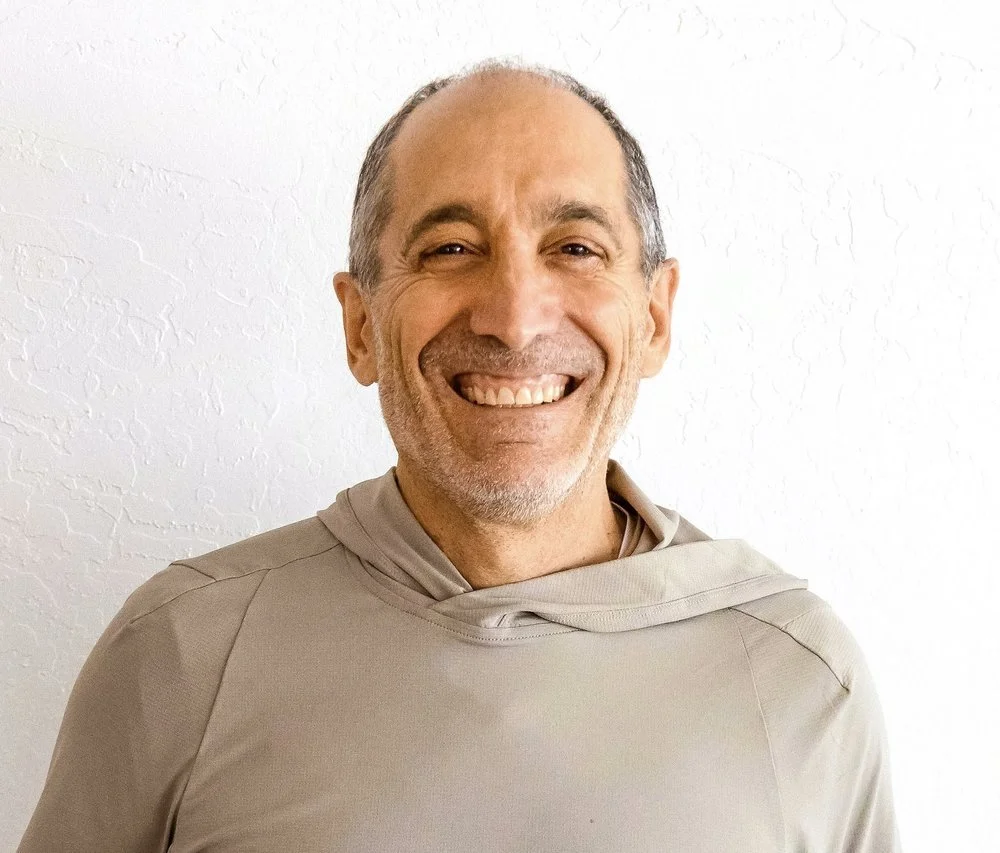

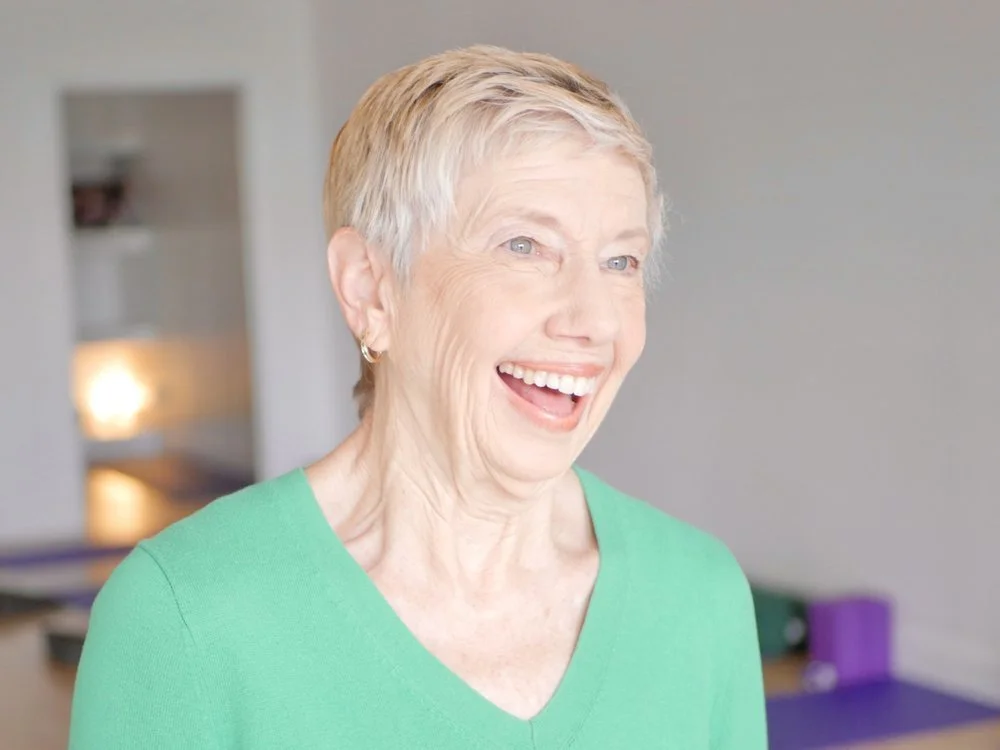


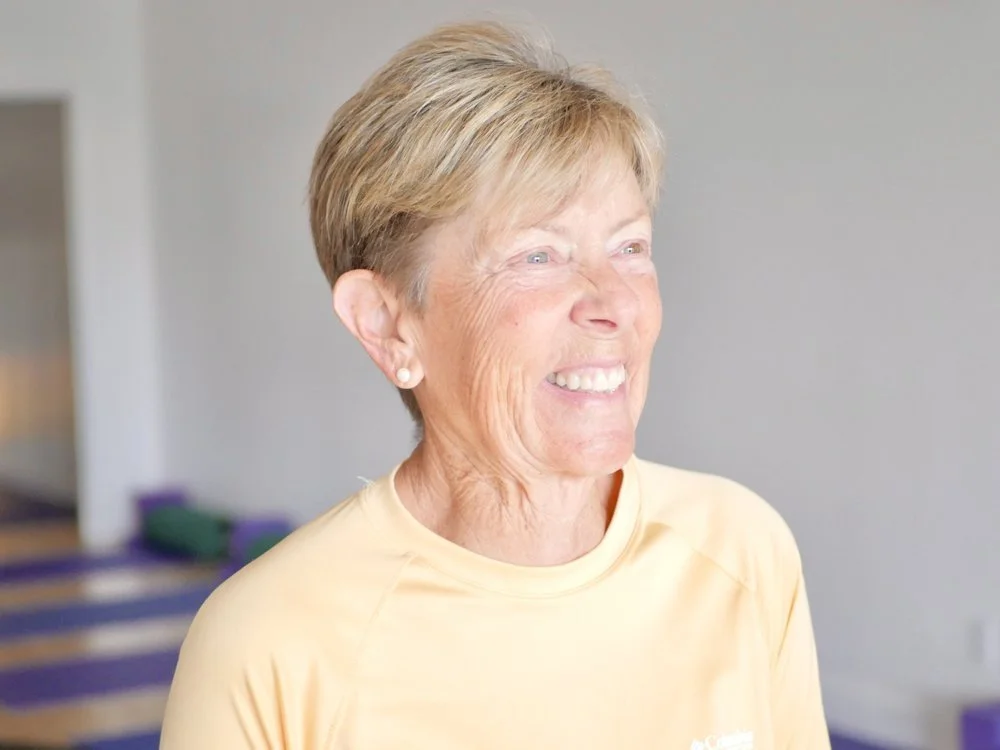


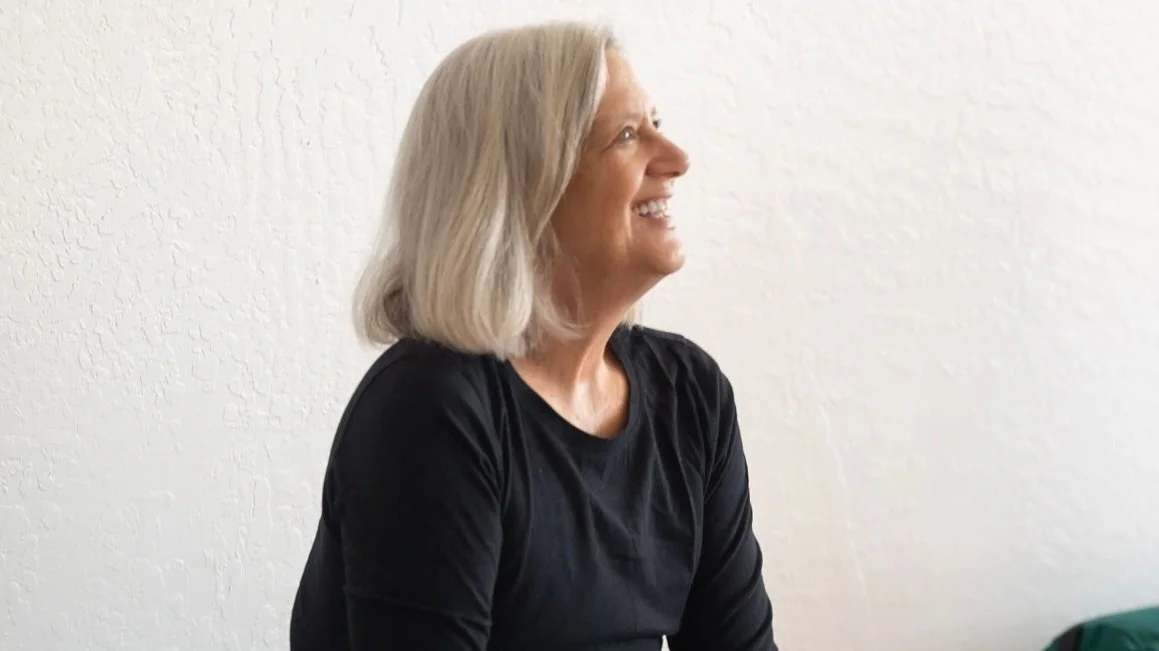
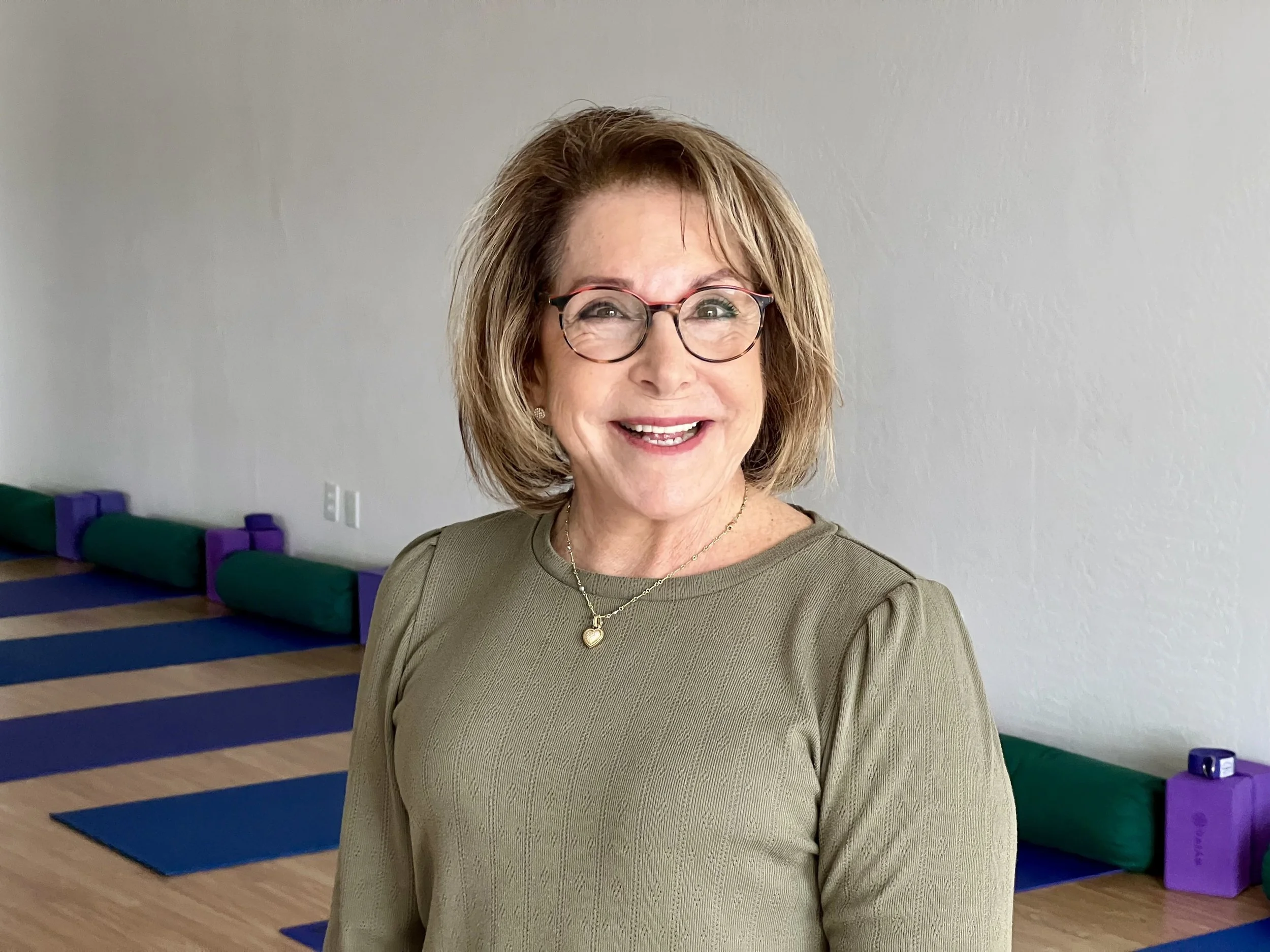
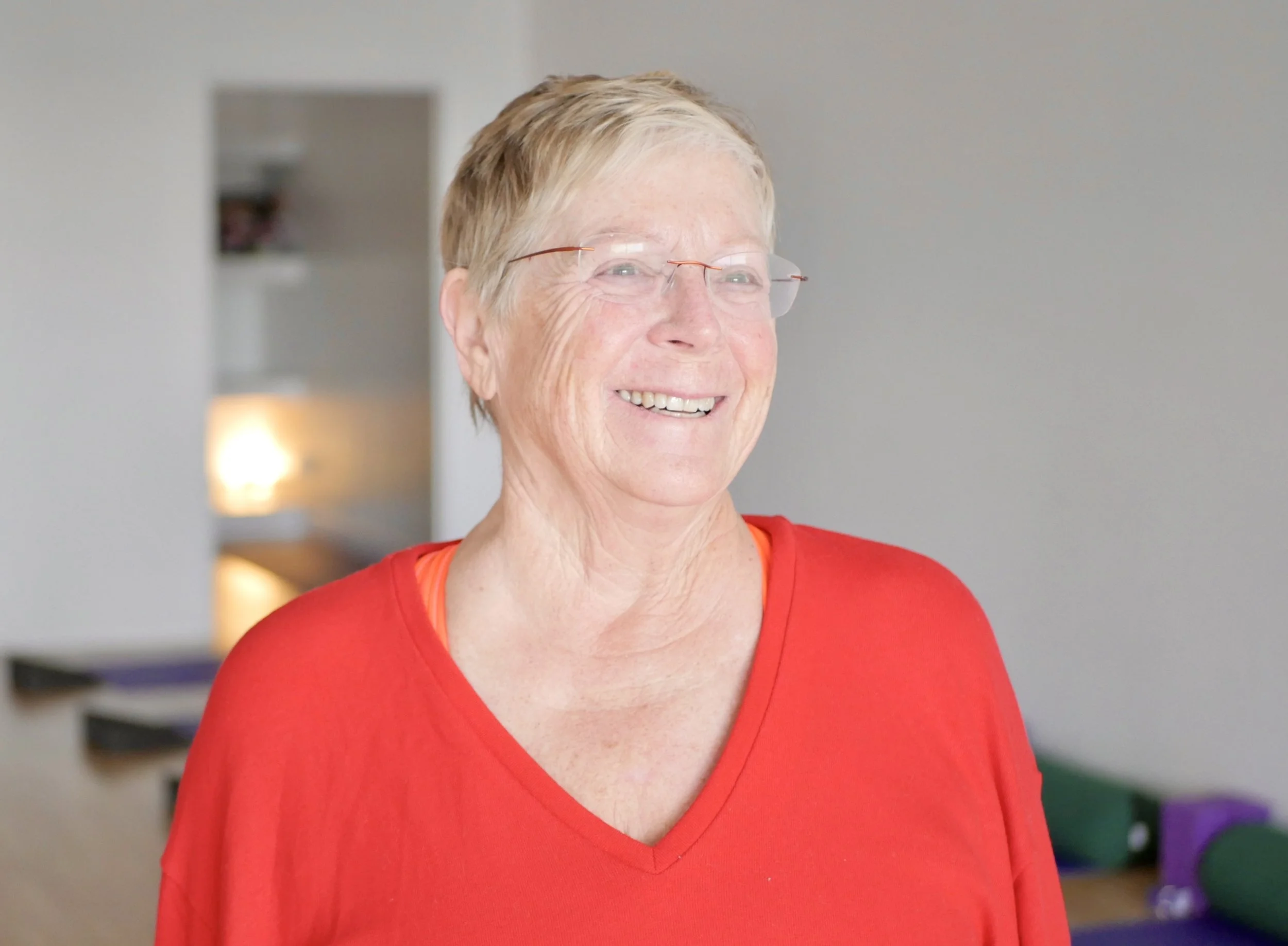

Wall | Blocks | Dumbbells (5 lbs)
Wall | Blocks | Dumbbells (5 lbs)